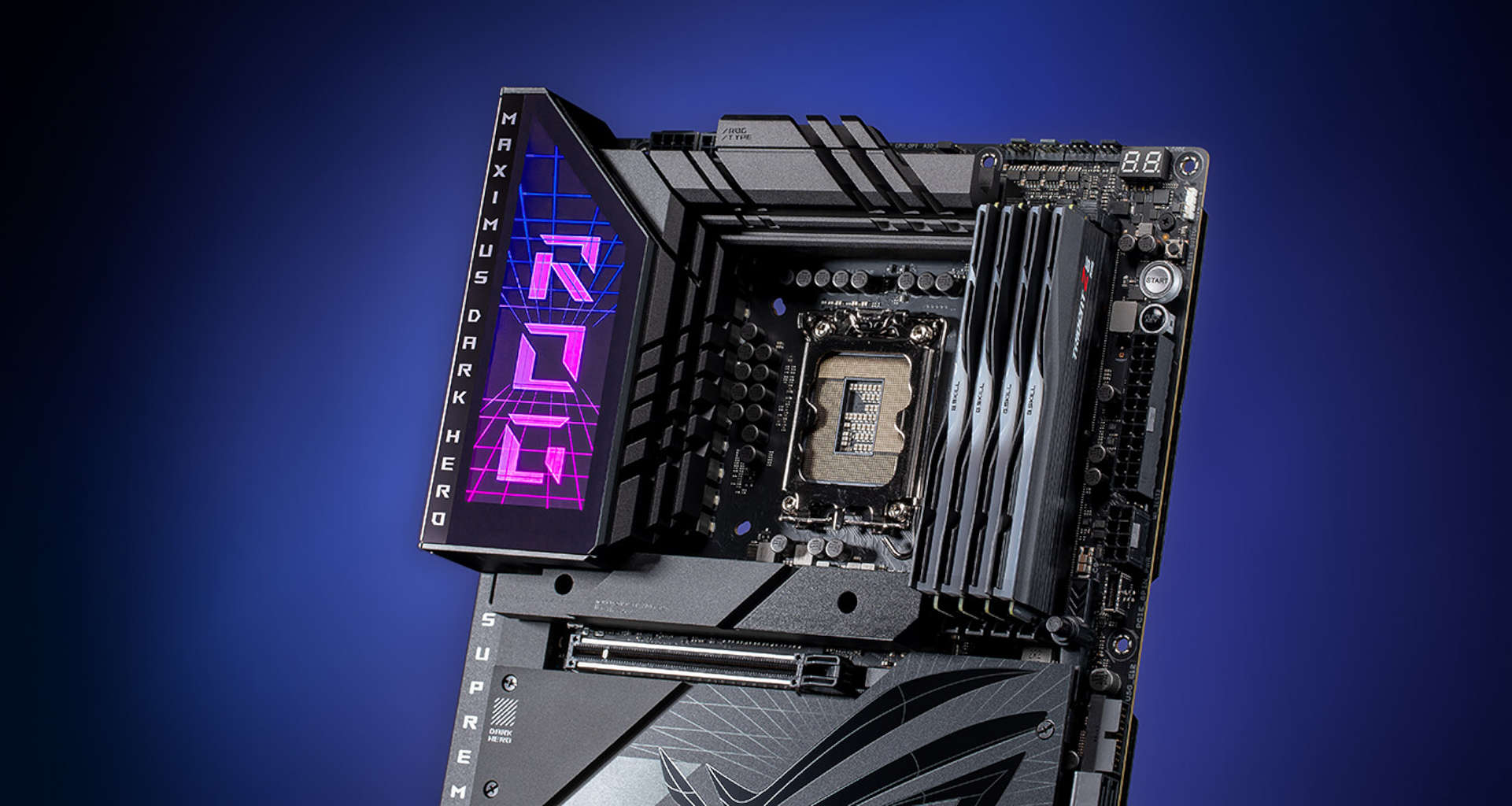
You'll need to dive into the BIOS and force the changes yourself, but it's better than nothing at all.
With some Intel i9 users reporting issues with games crashing, Asus has responded by releasing new BIOS files for a raft of its Intel-based motherboards. The main update sports an ‘Intel Baseline Profile’ which is claimed to apply stock power limits to the CPU. However, the feature isn’t quite doing what it says it is, though users should see better stability if they use it.
So far, only Asus has directly responded (via Videocardz) to the growing report of game instability with high-end 13th and 14th Gen Intel CPUs but other motherboard vendors are sure to follow suit. By default, Asus automatically engages its Multicore Enhancement (MCE) system which sets the long-term and short-term power limits to way over the stock Intel values.
Delving into the BIOS of the Asus TUF Gaming Z790-BTF motherboard shows that MCE sets the PL1 and PL2 power limits to 4075 W, with a core current limit of 512 A for a Core i5 13600K. Those values are supposed to be 125 W, 181 W, and 194 A respectively, so it’s not hard to see why this could result in problems. Up until now, the only way around this was to enter the BIOS, disabling MCE, and manually forcing the motherboard back into the land of common sense.
(Image credit: Asus)
(Image credit: Asus)
(Image credit: Asus)
Asus has now added an ‘Intel Baseline Profile’ that’s supposed to do this for you, except for one small detail—it doesn’t. You still have to enter the BIOS and disable MCE to get sensible power limits. But Asus just can’t seem to help itself because the latest BIOS for that Z790-BTF motherboard sets the PL1 and PL2 to 181 W when you disable MCE. The former, also known as the TDP, should be 125 W for an i5 13600K.
In the case of the gaming PC hosting the aforementioned motherboard, its cooler was more than good enough to keep the i5 well under control and even with the most tortuous of CPU tests it wouldn’t push the power consumption to anything higher than 185 W. Running Cinebench R23, with the old BIOS, made the chip top out at 182 W for a maximum temperature of 73 degrees Celsius.
Switching to the latest BIOS, with MCE disabled, the same test saw a peak power consumption of 156 W and a max temp of 69 degrees Celsius. The lower figures are almost certainly because of the reduced current limit, rather than the changes in the power limit. The Cinebench score was 1.6% higher but that’s so small, it’s effectively unchanged.
I didn’t have something like an i9 13900K to hand to test things out in more depth but as the report by Videocardz shows, different motherboards will alter other settings depending on what CPU is installed in them. The Core i5 13600K wasn’t one of the processors being used by most people experiencing the game crashes, so it’s understandable that Asus wouldn’t alter much for that chip.
However, the fact that Asus still isn’t implementing all of Intel’s stock power limits, unless you go in and force them all manually. For the many thousands of PC gamers who don’t like to mess about with the BIOS, let alone update it, the changes implemented by Asus aren’t going to address the stability issue at all.
(Image credit: Future)
Best gaming PC: The top pre-built machines.
Best gaming laptop: Great devices for mobile gaming.
If have been experiencing the problem, you’ll need to get your hands dirty, I’m afraid—either update the BIOS and then disable MCE, or don’t bother with the update, just disable MCE and set your power values. In both cases, you’ll need to switch to the Advanced Mode of the BIOS, then the AI Tweaker part. For the latter, you’ll need to go into the Internal CPU Power Management section.
Once there, look for the Long and Short Duration Package Power Limits—Short is for PL1/TDP and Long is for PL2. If you’re not sure what values to set these to, look up your CPU in Intel’s Ark database.
Neither solution is particularly ideal, unfortunately, and I think Asus could do a better job here.






